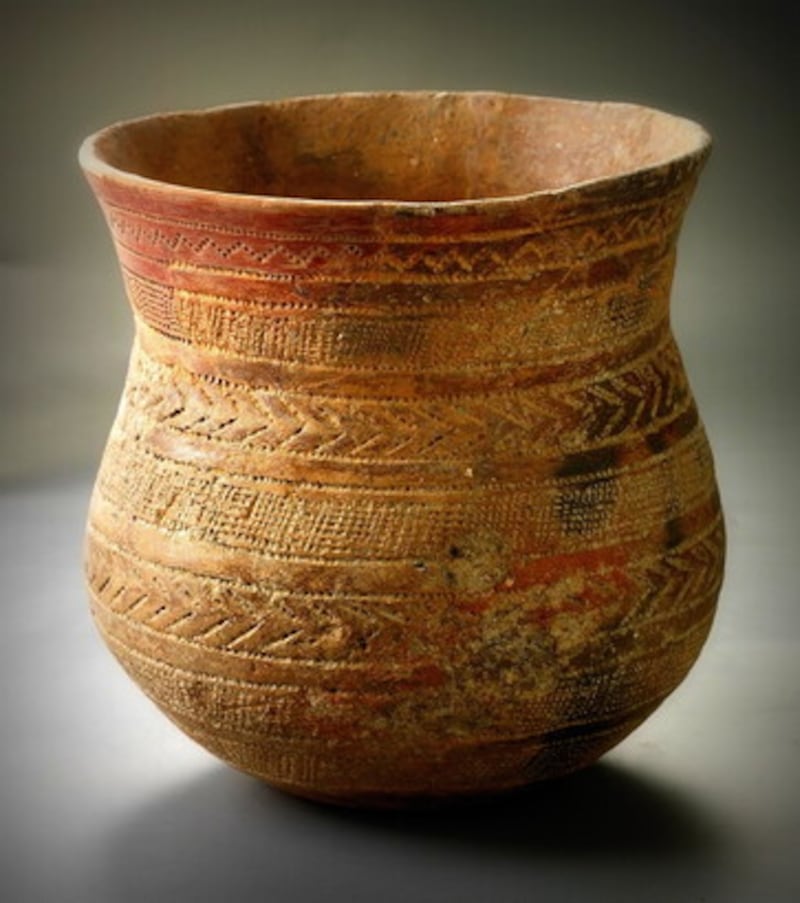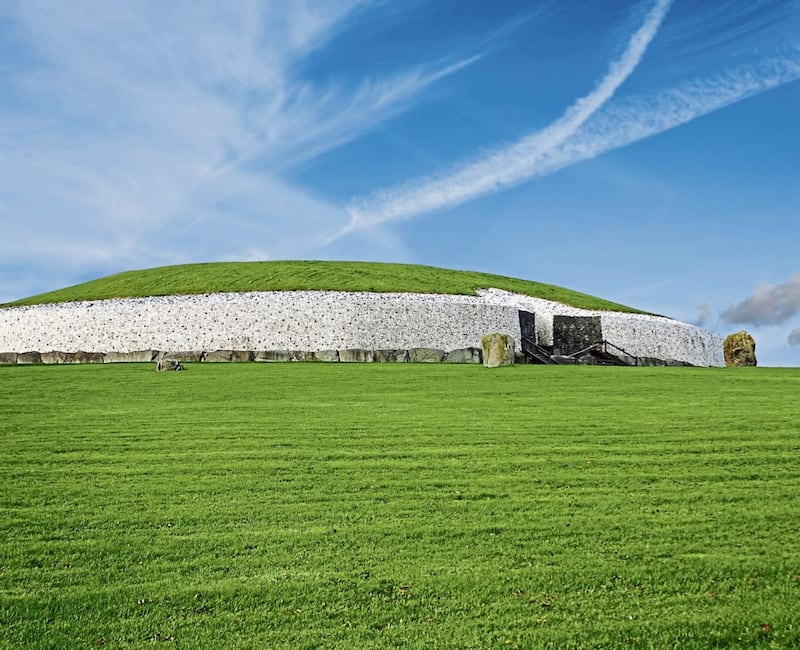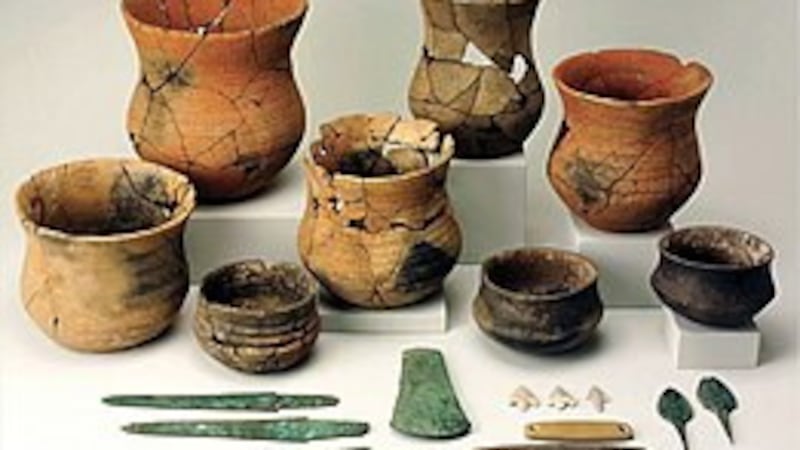At the start of the week of the Summer Solstice, many will once again marvel at the magnificent structures built across Ireland thousands of years ago, including Newgrange in Co Meath.
The structures were built by the descendants of the first peoples that landed on the island in what is believed to be two migratory waves from around 10,000 years ago.
Until recently it was argued that much of the population of Ireland was descended from this group of people, mainly from what is now Spain and southern France, with the arrival of the Celts around 500 BC adding what became the dominant language and culture of the Irish.
This is still a widely believed narrative.
Advances in the study of ancient DNA have almost entirely changed that traditional thinking. It has been nothing short of a revolution in archaeology, says Professor Emeritus Jim Mallory, one of Ireland's foremost experts in the field.
Professor Mallory, of Queen’s University and author of ‘The Origins of the Irish’, has brought together the more recent evidence, most notably from DNA analysis, in his latest paper ‘From the steppe to Ireland: the impact of aDNA research.”
In short, the vast majority of the Irish are descended from the waves of migration that fanned out across Europe out of an area north of the Black and Caspian seas from around 5500 years ago.
But, Mallory, whose main expertise over his more than 40 years at Queen’s is in linguistic archaeology, suggests what became the Irish language dates back also to when those people, coming from the Beaker Bell culture, began to arrive on the shores around 4500 years ago.
The aDNA revolution has had such major repercussions Mallory, in his paper, surveyed the "history of research in support of the hypothesis that the Irish language ultimately owed its origins to a migration emanating from the Pontic–Caspian steppe".
The Beaker culture, named after the inverted bell drinking vessel, was dominant across large parts of western Europe around 3500 years ago.

But the previous lack of physical archaeological evidence, including burials, led many experts in the past to believe they made little impact on Ireland.
Then came the large scale mapping through the male line of genetic markers.
The R1B haplotype is dominant across western Europe but the numbers are stratospheric when it comes to Ireland, Wales and large parts of Scotland.
Around 84% of the male population on the island and 95% in Donegal have the marker. Arguably more important there is also a sub marker linked back to a specific area north of Black and Caspian seas.

A smaller percentage are believed to retain the DNA of the earlier settlers, the builders of Newgrange whom archaeological evidence suggests were much darker skinned than the later arrivals.
A landmark study published in 2015 on the genetic breakdown of the bodies of three men found on Rathlin Island added to the growing consensus on the origins of most Irish. The three Bronze Age individuals, from 2026–1534 BC, showed substantial steppe genetic heritage.
Mallory suggests the relative lack of Beaker-type objects in Ireland was due to those living here developing their own distinct culture, picking and choosing from their Beaker neighbours in what became Britain. Further, there was an "overwhelming predominance of cremation burial", the evidence was burned.
While there is almost indisputable genetic evidence the majority of modern Irish are directly descended from the Beaker arrivals, there is still much debate over the language.
Irish is today arguably the most dominant of what is now described as the Celtic languages, one of several in central and western Europe derived from Indo-European.
The Celts on mainland Europe - and a language - were first identified by Greek writers around 600 BCE. The name Celt derives from the Greek word for foreigner, it is suggested.
But the genetic evidence says Ireland was settled by a peoples nearly two thousand years before and that there was no large scale invasion or migration before the Vikings.
"If so, many linguists will be forced to reconsider a model of Irish origins that they had presumed was linguistically implausible," says Mallory.
The only other plausible explanation is that there was a more recent source of the Irish language in the later Bronze Age or Iron Age.
This would force linguists to "consider the mechanics and evidence of how one Indo-European language...so thoroughly replaced a presumably earlier Indo-European Beaker language in Ireland".
"In short, it seems that the geneticists have gifted not only archaeologists, but also linguists with the opportunity of living in 'interesting times'," Mallory concludes.



